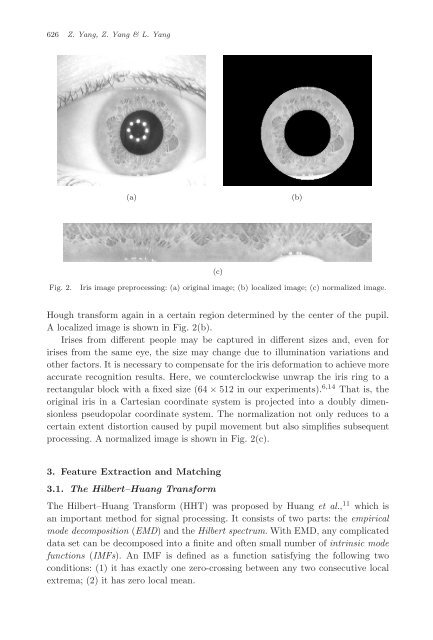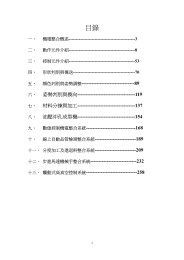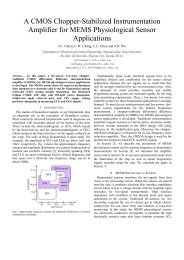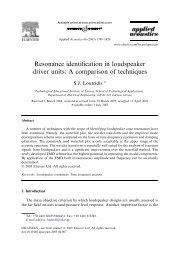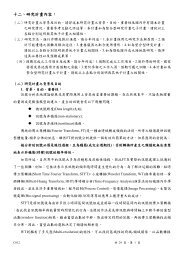IRIS RECOGNITION BASED ON HILBERT–HUANG TRANSFORM 1 ...
IRIS RECOGNITION BASED ON HILBERT–HUANG TRANSFORM 1 ...
IRIS RECOGNITION BASED ON HILBERT–HUANG TRANSFORM 1 ...
Create successful ePaper yourself
Turn your PDF publications into a flip-book with our unique Google optimized e-Paper software.
626 Z.Yang,Z.Yang&L.Yang<br />
(a) (b)<br />
(c)<br />
Fig. 2. Iris image preprocessing: (a) original image; (b) localized image; (c) normalized image.<br />
Hough transform again in a certain region determined by the center of the pupil.<br />
A localized image is shown in Fig. 2(b).<br />
Irises from different people may be captured in different sizes and, even for<br />
irises from the same eye, the size may change due to illumination variations and<br />
other factors. It is necessary to compensate for the iris deformation to achieve more<br />
accurate recognition results. Here, we counterclockwise unwrap the iris ring to a<br />
rectangular block with a fixed size (64 × 512 in our experiments). 6,14 That is, the<br />
original iris in a Cartesian coordinate system is projected into a doubly dimensionless<br />
pseudopolar coordinate system. The normalization not only reduces to a<br />
certain extent distortion caused by pupil movement but also simplifies subsequent<br />
processing. A normalized image is shown in Fig. 2(c).<br />
3. Feature Extraction and Matching<br />
3.1. The Hilbert–Huang Transform<br />
The Hilbert–Huang Transform (HHT) was proposed by Huang et al., 11 which is<br />
an important method for signal processing. It consists of two parts: the empirical<br />
mode decomposition (EMD) andtheHilbert spectrum. With EMD, any complicated<br />
data set can be decomposed into a finite and often small number of intrinsic mode<br />
functions (IMFs). An IMF is defined as a function satisfying the following two<br />
conditions: (1) it has exactly one zero-crossing between any two consecutive local<br />
extrema; (2) it has zero local mean.


